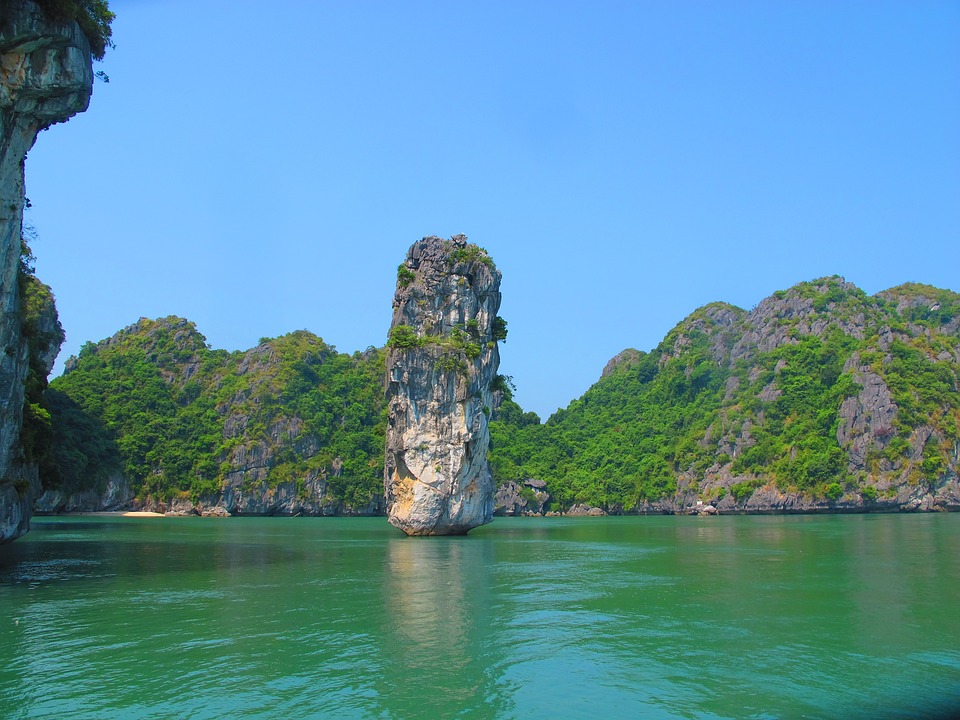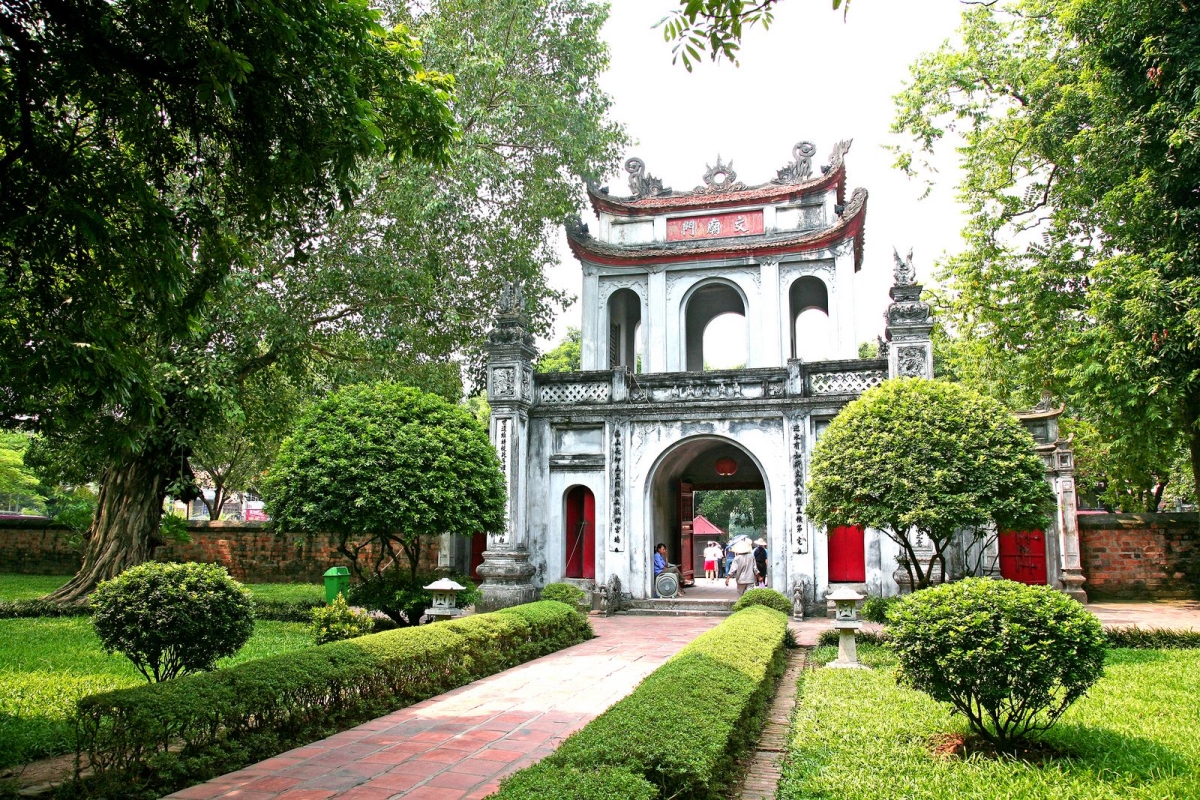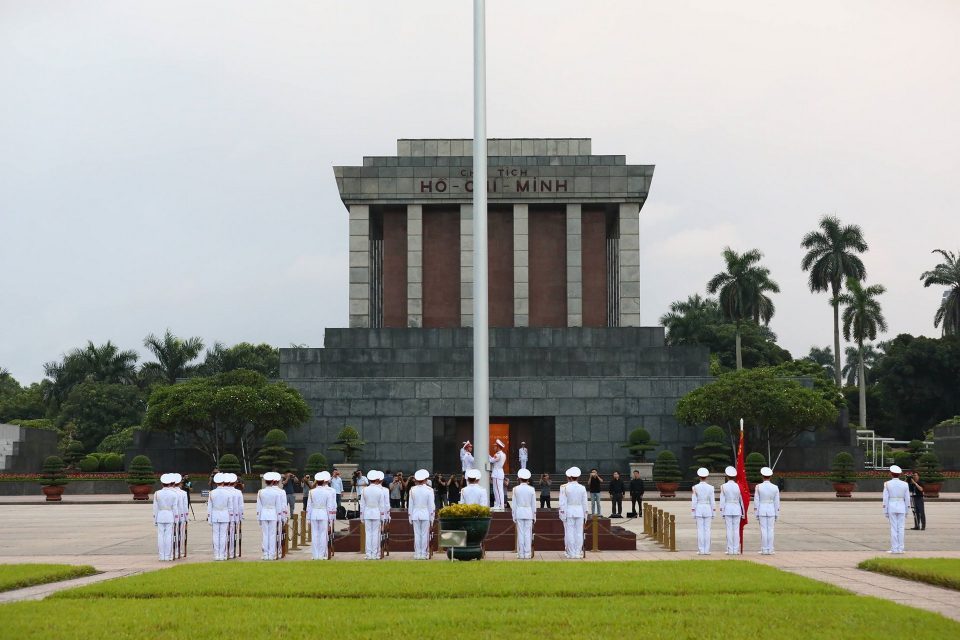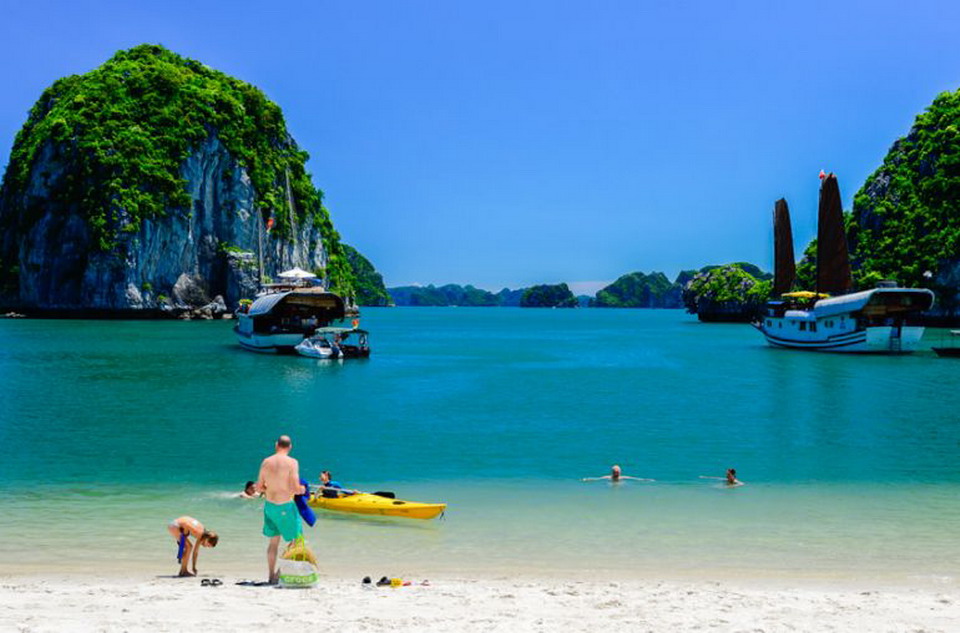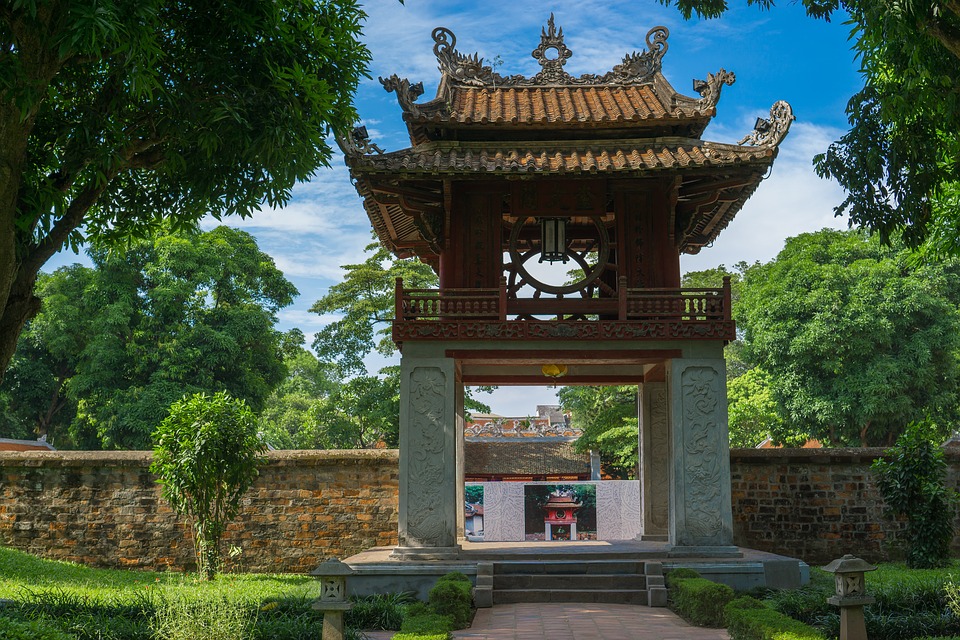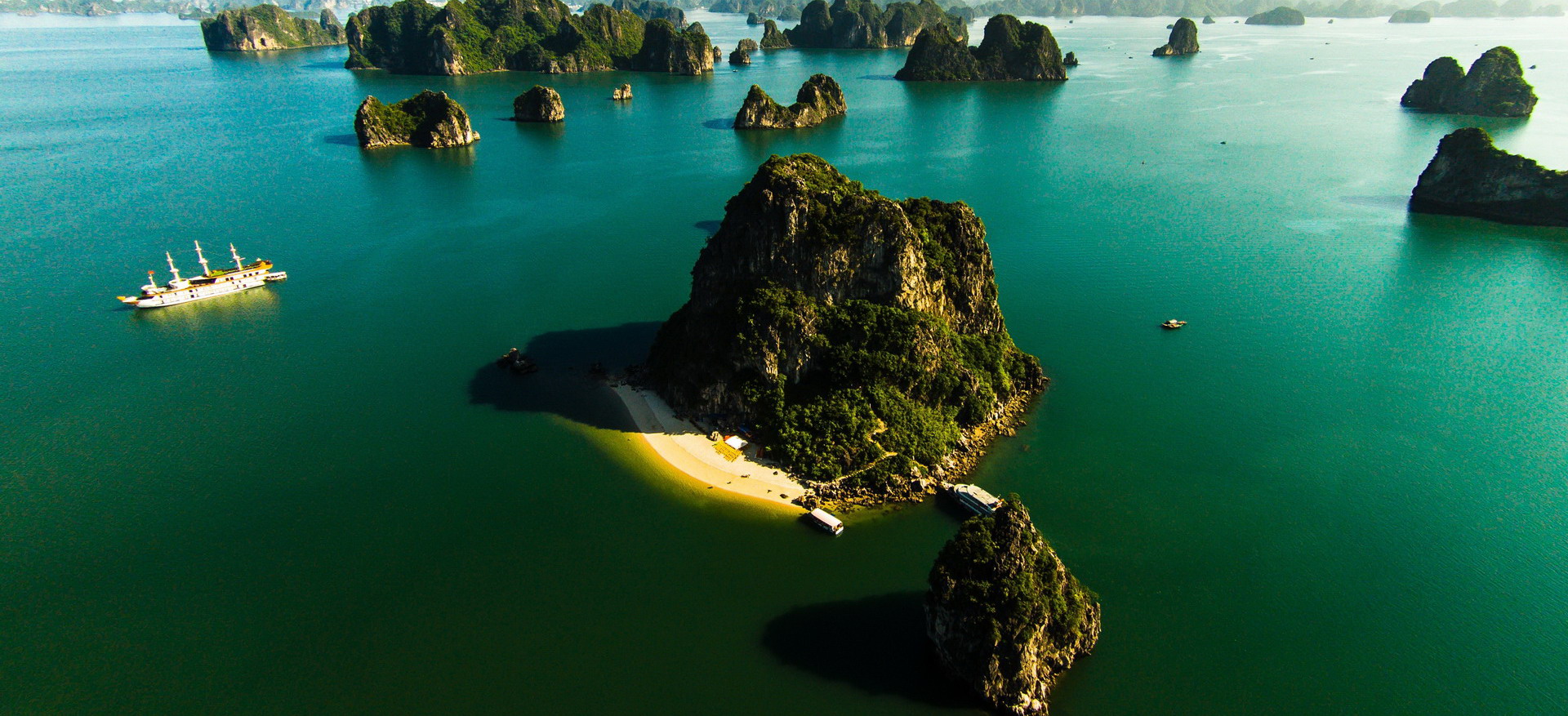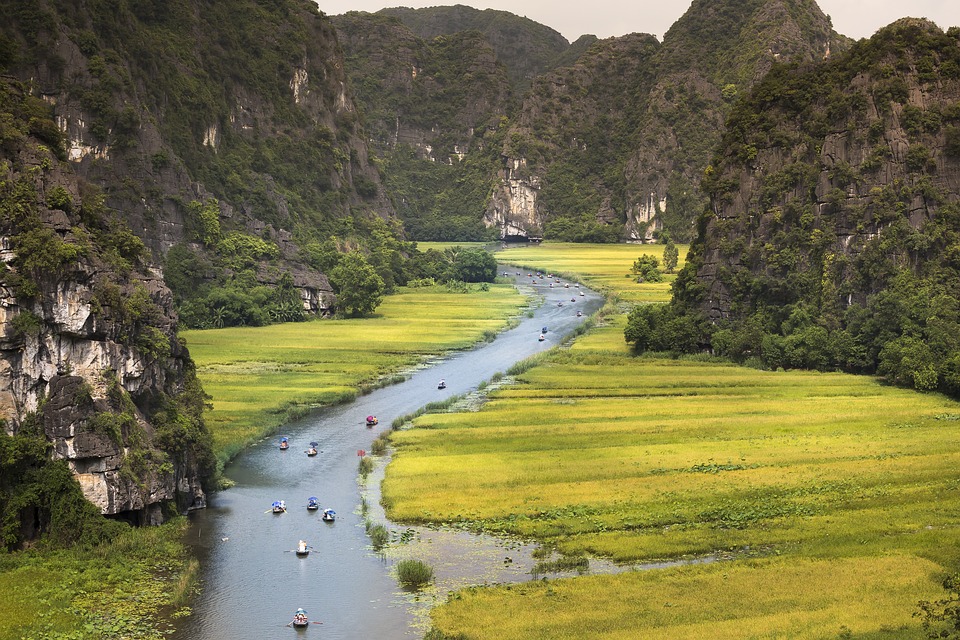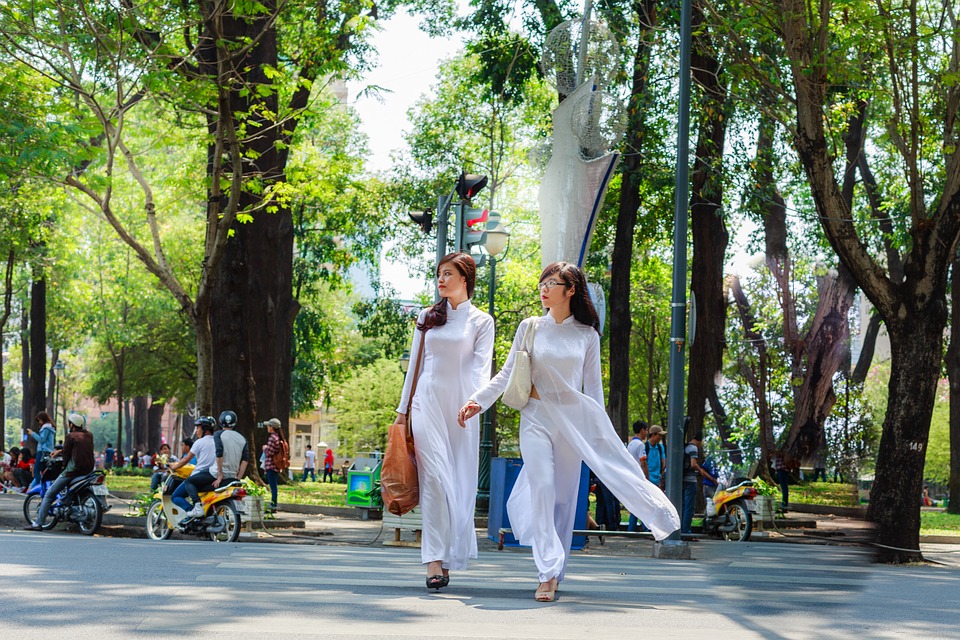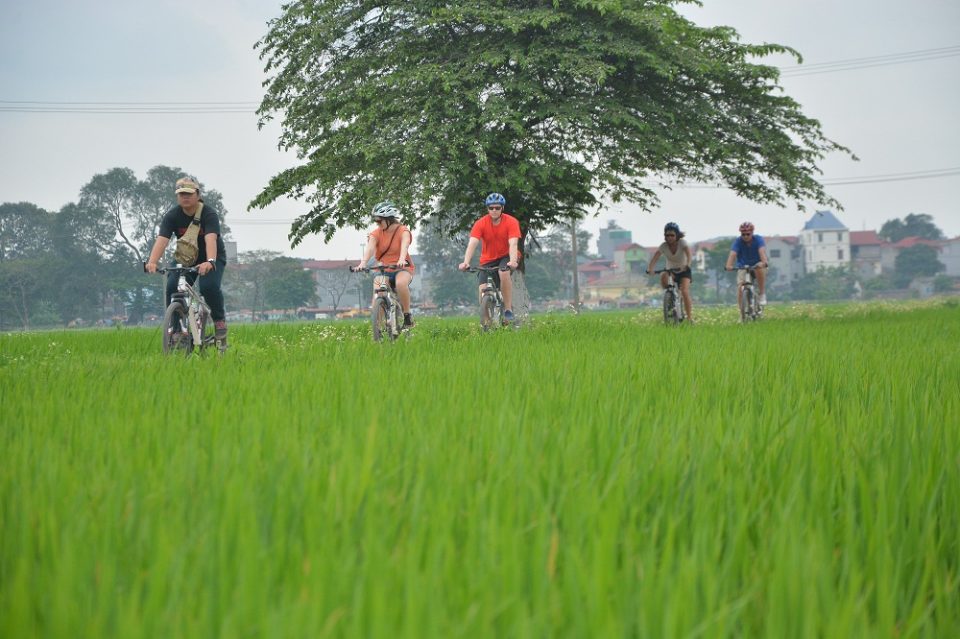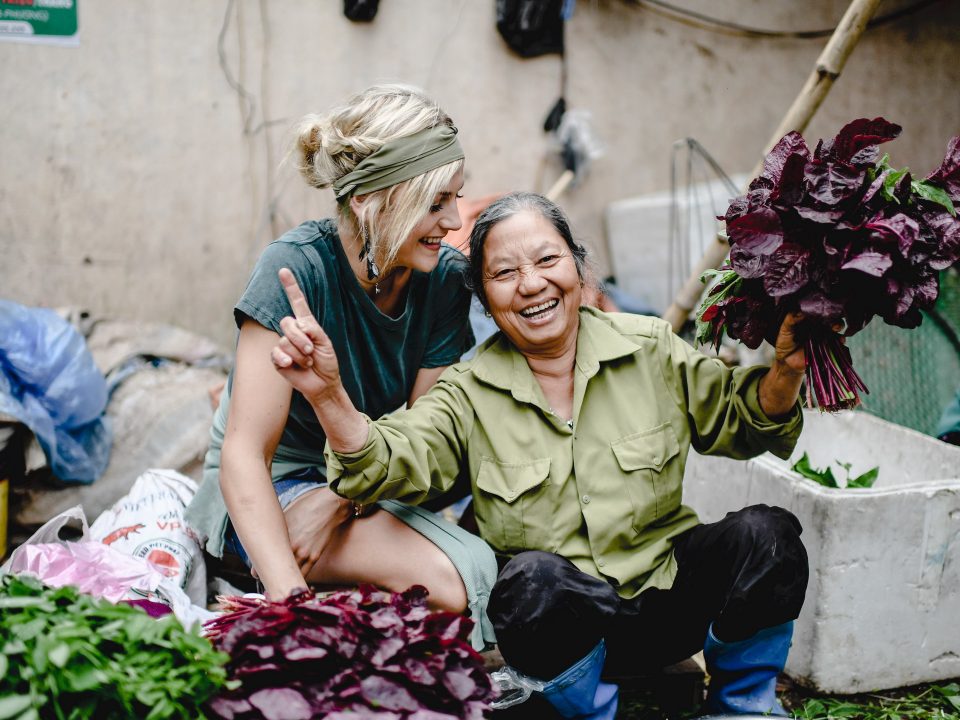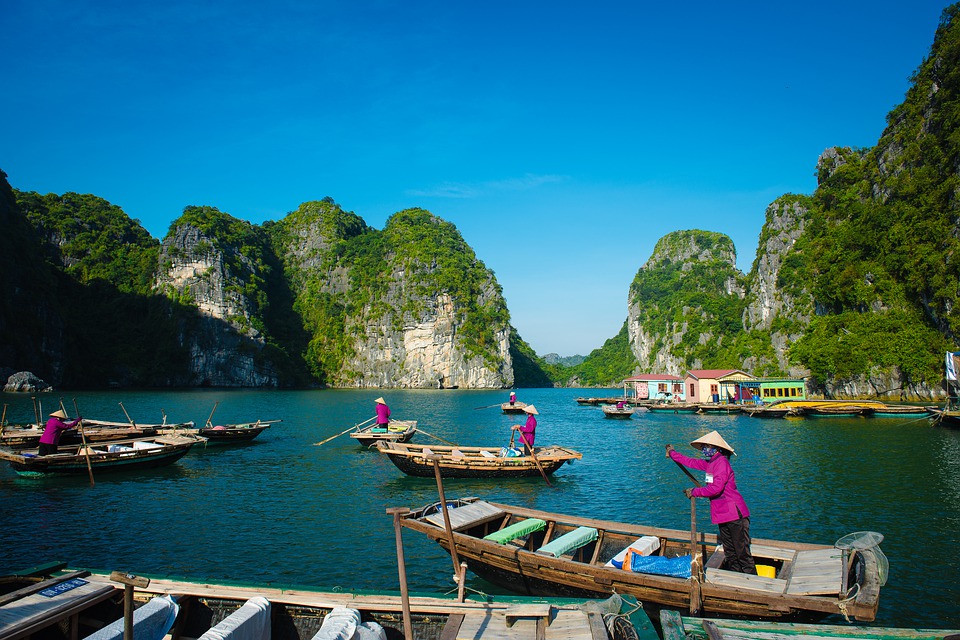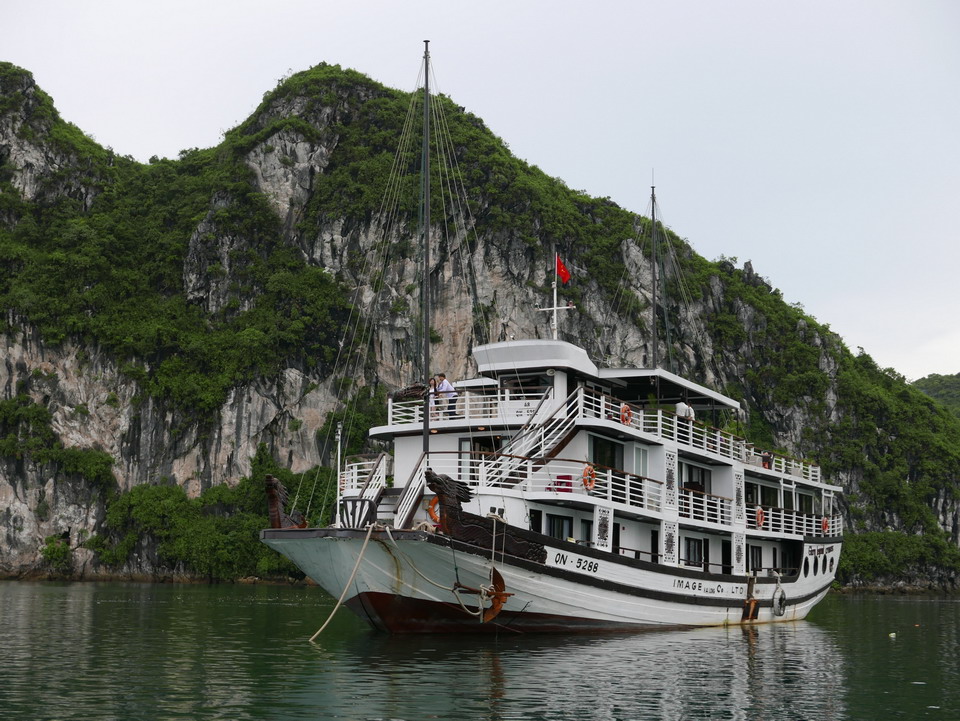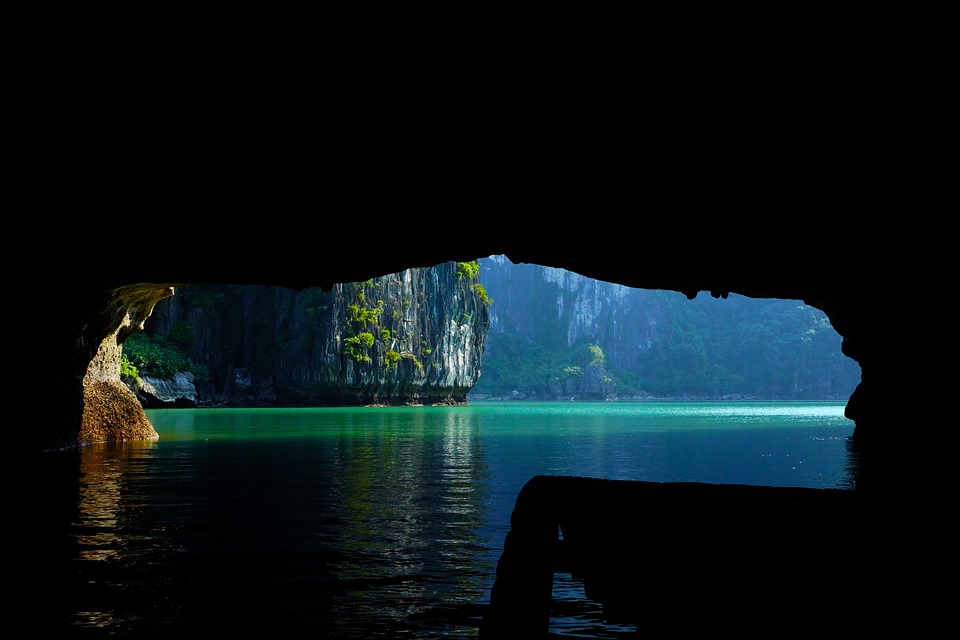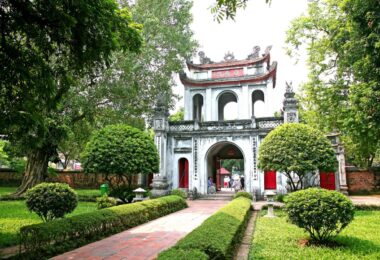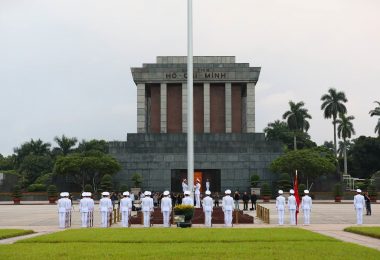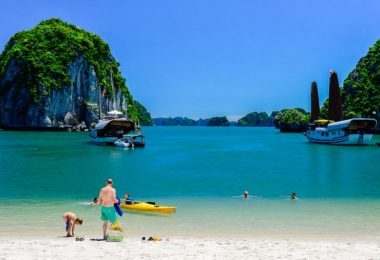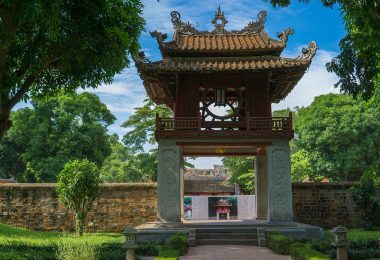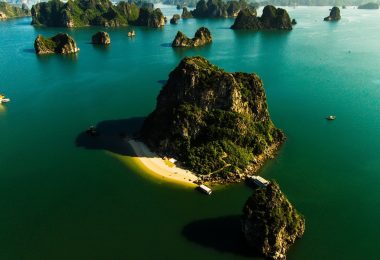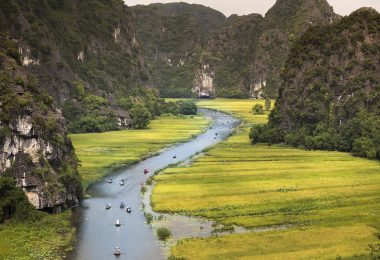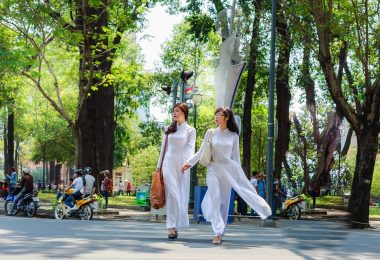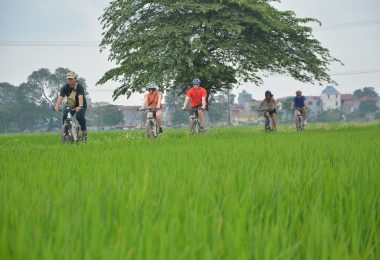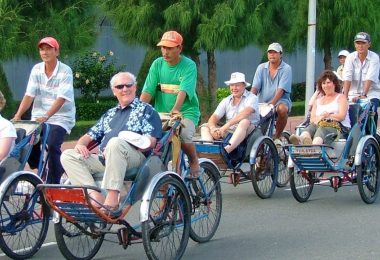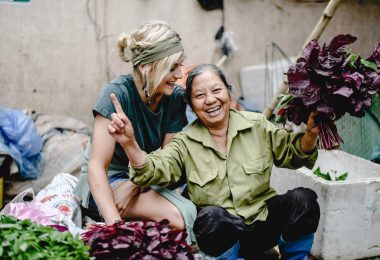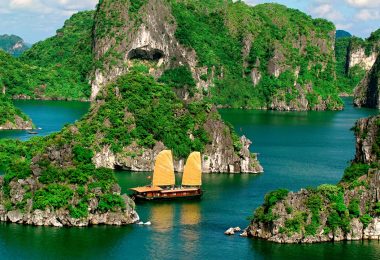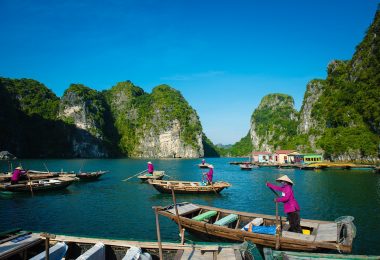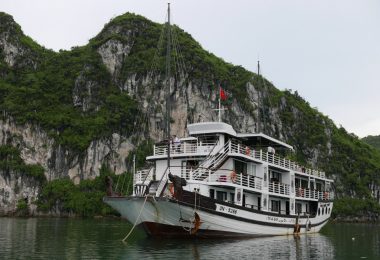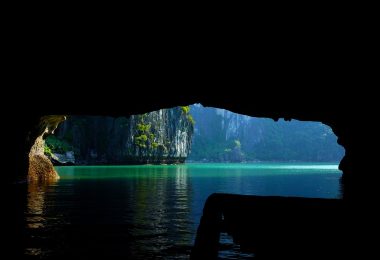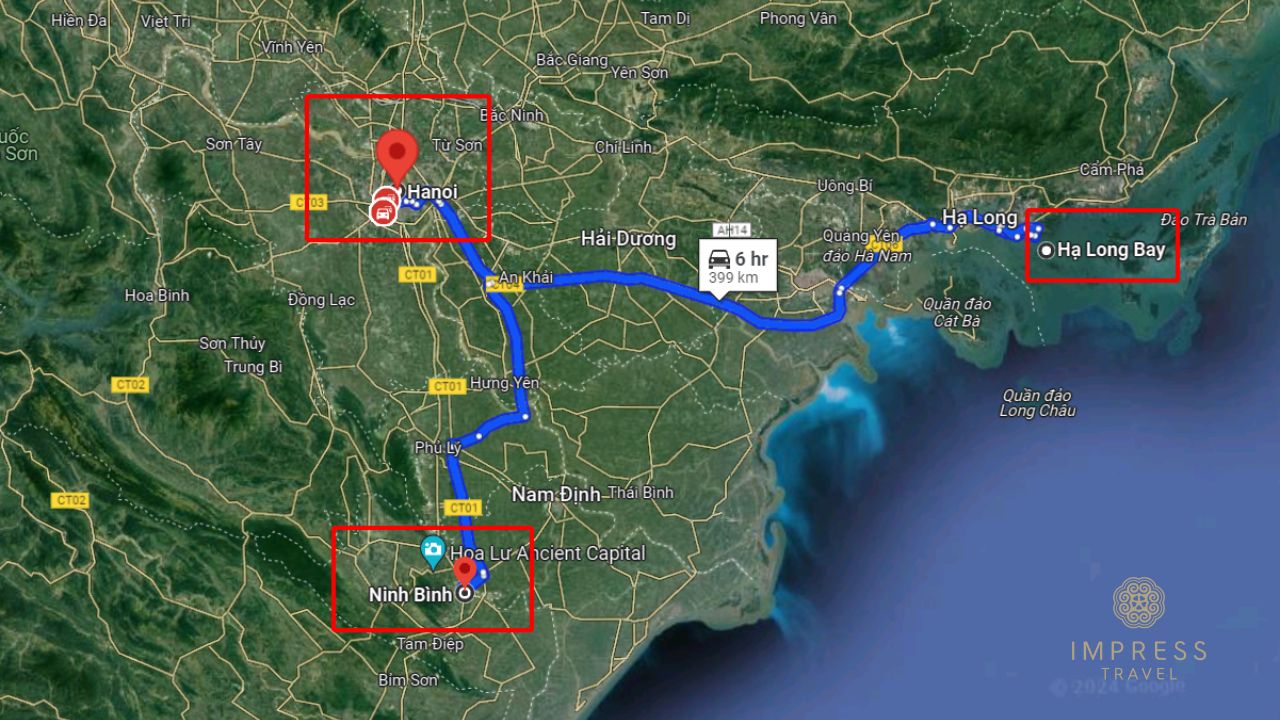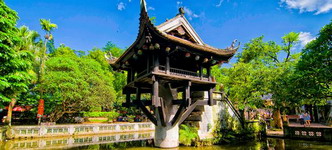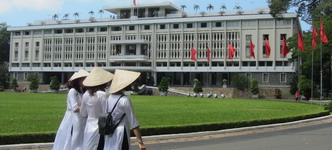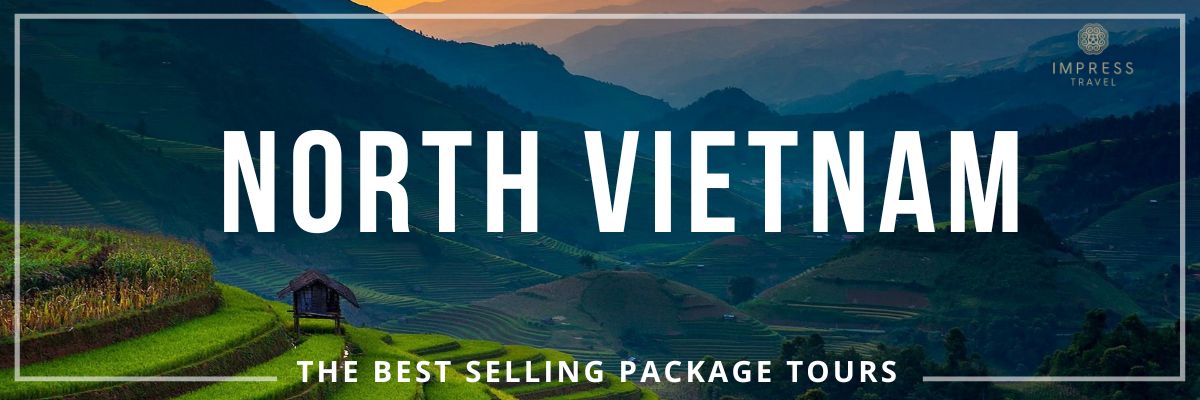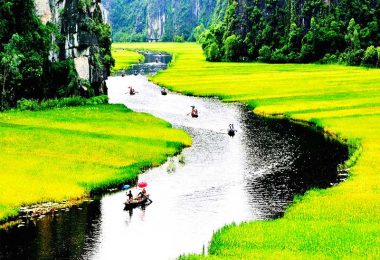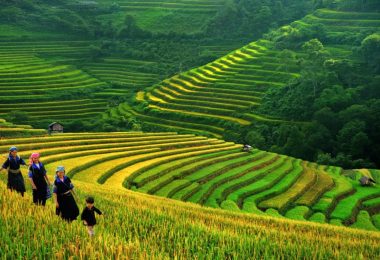Situated in the heart of the Capital of Vietnam, the Presidential Palace is an iconic site and cultural treasure closely linked with the life and legacy of President Ho Chi Minh. The palace is sure to amaze both domestic and international tourists with its historical and architectural richness, as well as the stories of national pride it holds. Fortunately, for more of those who are in love with the life of a great leader, the path of Vietnam to independence, the Presidential Palace herein represents an unforgettable adventure and shouldn’t be missed on any Hanoi Ideal tours.
Location and Accessibility of Presidential Palace
The Presidential Palace is situated at 2 Hung Vuong, Ngoc Ho, Ba Dinh, Hanoi – next to Ho Chi Minh Mausoleum, One Pillar Pagoda, and Ba Dinh Square. The palace is situated in the Ngoc Ha area of Ba Dinh District. Much can be easily approached by major roads including Hoang Hoa Tham and Hung Vuong. Due to this central location, it is easy for travelers on the Hanoi Ideal tours to include a visit to this palace in combination with other notable sites in Hanoi, therefore making it a continuous cultural and historical experience.
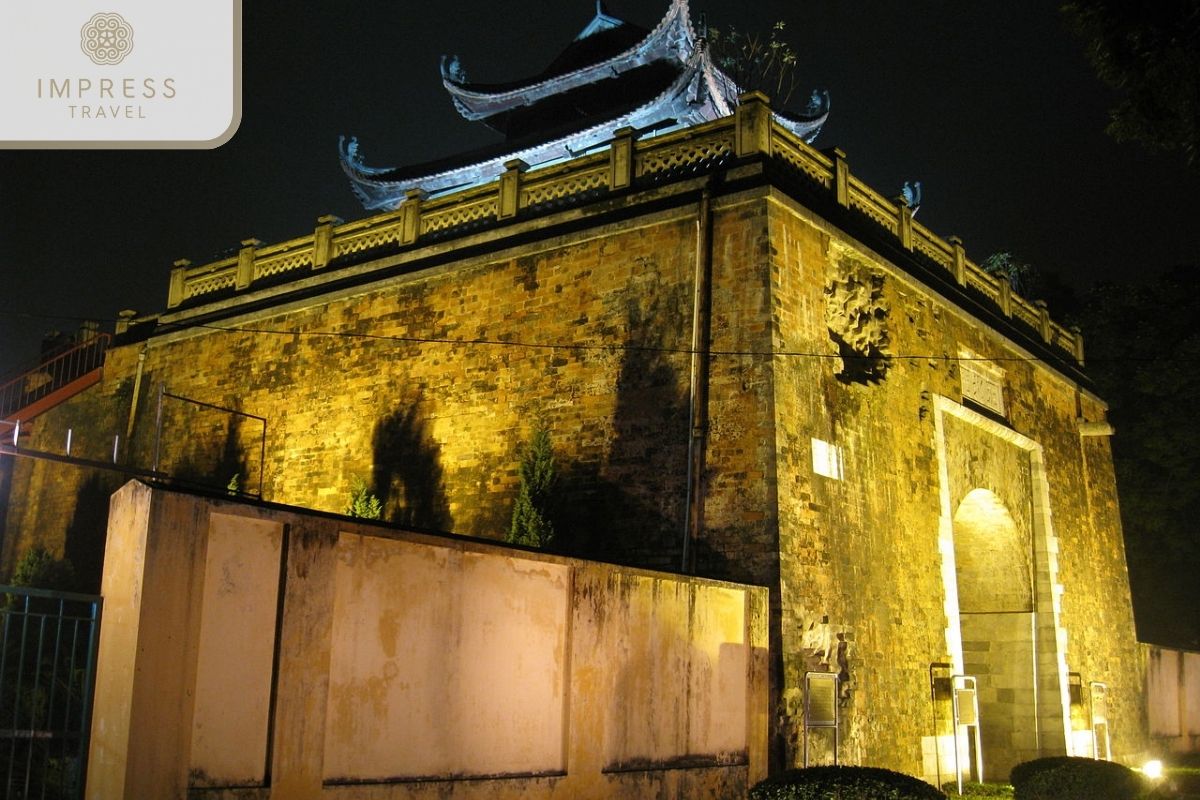
Presidential Palace at night
Historical Significance of the Presidential Palace
Historical Background and Construction
It was designed by the French architect August Henri Vildieu and built from 1901 to 1906 during the French colonial period. This imposing edifice shows the grandeur of the French Renaissance style and was built to provide accommodation to the Governor-General of Indochina. The symmetrically designed palace reveals at face value an imposing ornamental column and an imposing grand stair. Nowadays, it still amazes visitors during Hanoi Ideal tours, bringing them views from the past with its majestic design.
Transformation to a Symbol of Independence
The Presidential Palace took on a whole new meaning after the end of French colonial rule. In 1954, as the Vietnamese were celebrating the triumph of their struggle for independence, it turned into a government office that represented the sovereignty of Vietnam. This marked a transformation that placed the palace at the pivot of a place in Vietnamese political history, especially being associated with Ho Chi Minh’s residence. From the colonial headquarters to the pride of Vietnamese pride, this is the shift that happens to be so encouraging and inspiring to tourists to Hanoi Ideal tours.
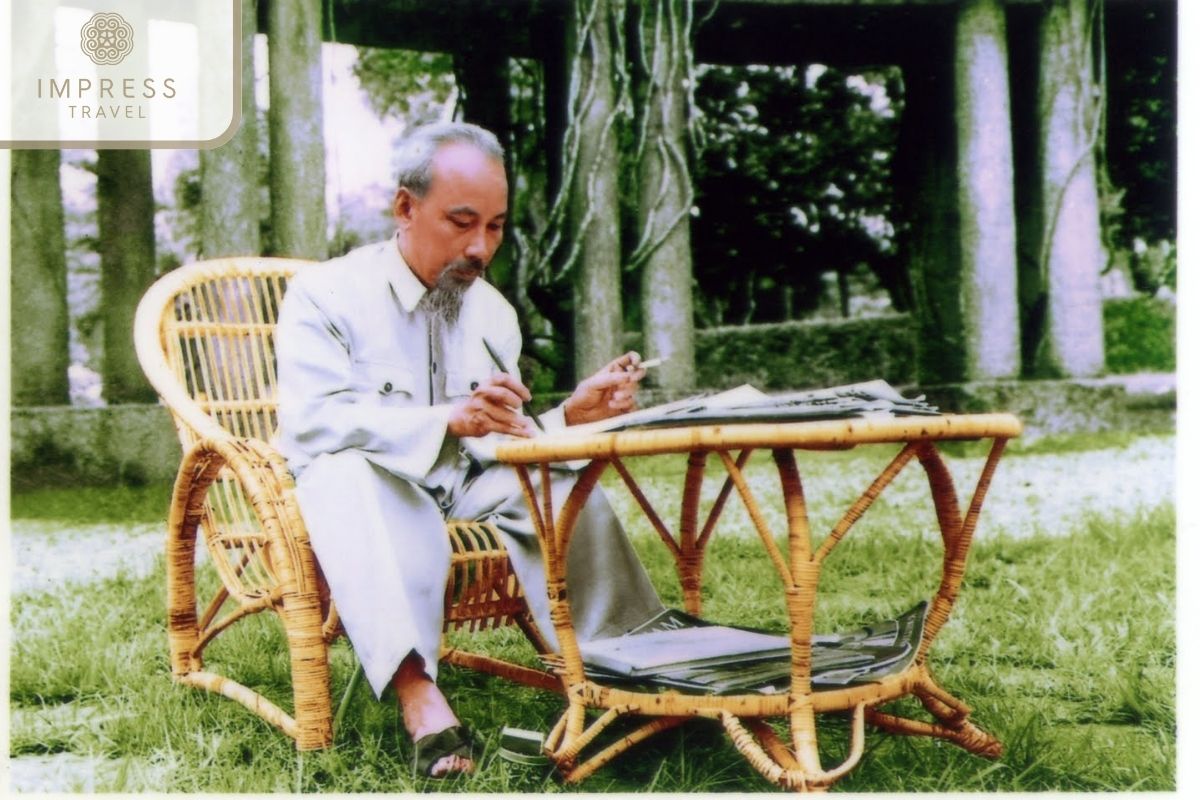
Ho Chi Minh President
Role in Ho Chi Minh’s Life and Work
Presidential Residence for Ho Chi Minh (1954–1969)
Although the Presidential Palace was his official residence, Ho Chi Minh preferred to live in a lowly stilt house on its premises rather than in the main building of the palace, characteristically unassuming and modest. This lowly stilt house became his daily retreat, where he would work, relax, and make crucial decisions for the nation. In Hanoi Ideal tours, a glimpse of how Ho Chi Minh lived a simple life and what his messages implied to the people of Vietnam can be seen.
Historical Meetings and Key Events
The Presidential Palace also symbolized a center of diplomatic exchanges and important strategic decisions during the era of the Vietnam War. Indeed, it is in this palace that President Ho Chi Minh met with various national and international delegates to forge alliances and strategies for the future. All these historical events give this palace an additional profound significance, making it a must-visit destination for travelers on Hanoi Ideal tours, understanding the path towards peace and unity for Vietnam.
Architectural Beauty and Highlights
Unique French Colonial Style
The Presidential Palace represents the most striking example of French colonial architecture in the first decades of the 20th century. This three-story building, having close to 1,300 square meters of space, was designed by architect Auguste Henri Vildieu and took some five years to complete between 1901 and 1906. The Palace’s impressive symmetry in the style of the Renaissance, the wide staircases, and ornate pillars strike a note so typical of refinement for the epoch. Dark, bright yellow color symbolic of prosperity in the Vietnamese belief flashes against a richly green backdrop.
The Layout and Notable Rooms
Inside the Presidential Palace, more than 30 rooms have specific purposes and are decorated accordingly. The officially impressive ones include a Reception Hall for dignitaries and a Diplomatic Reception Room housing top brass discussions. In particular, Ho Chi Minh’s private quarters were modest but left intact to preserve the feeling of history showing him in his daily environment. The restoration teams’ work to maintain the original decor and furnishings means visitors who go on Hanoi Ideal tours view it just about as it was during Ho Chi Minh’s time, adding to the authenticity of this site and further enhancing its appeal.
The Gardens and Open Spaces
It is surrounded by a big garden, 14 hectares in area, whose flora consists of more than 1,271 plant species from 54 plant families and was meticulously selected. Probably the most iconic feature related to the garden is the fish pond covering an area of 3,320 square meters, which Ho Chi Minh preferred for retreat and fed the fish almost every afternoon. The garden has some Vietnamese fruit trees like lychee starfruit, and coconut, but also some exotic species that are gifts from international visitors, symbols of openness and friendship. This mix between the Vietnamese and the foreign flora gives a cultural depth to the Presidential Palace. It is worth seeing.

Gardens in Presidential Palace
Practical Visitor Information for Hanoi Ideal tours
Visiting Hours and Entrance Information
Presidential Palace: open year-round, seasonal hours:
- Summer
- Morning: 7:30 AM to 11:00 AM
- Afternoon: 2:00 PM to 4:00 PM
- Winter
- Morning: 8:00 AM to 11:00 AM
- Afternoon: 1:30 PM to 4:00 PM
Admission Fees
- Vietnamese Nationals: Free
- Foreign Visitors: 40,000 VND (approx. $1.70 USD)
Key Rules and Etiquette for Hanoi Ideal tours
It is proper to reflect on the history and cultural importance of this palace. Visitors are requested not to touch any of the artifacts, nor to upset others by disrupting the site. A dress code is recommended, in that guests should be modestly dressed out of respect for the historic site. The above suggestions will help to create an atmosphere of dignity and add to the experiences of all on Hanoi Ideal tours.
Nearby Historical and Cultural Sites on Hanoi Ideal tours
Ho Chi Minh Mausoleum
The nearby Ho Chi Minh Mausoleum is a sacred area where the embalmed body of President Ho Chi Minh rests. The monumental building signifies deep regard for even the very founder of Vietnam and is an embodiment of respect both for Vietnamese locals and tourists. This is a great opportunity on Hanoi Ideal tours to see real-time historical pride in Vietnam. One can schedule visiting both Mausoleum and Presidential Palace on the same day to be fully satiated on this matter.
- Address: 2 Hung Vuong, Dien Binh, Ba Dinh, Hanoi, Vietnam
- Visiting Hours:
- Tuesday to Thursday and Saturday to Sunday
- Summer (April to September): 7:30 AM – 10:30 AM
- Winter (October to March): 8:00 AM – 11:00 AM
- Closed: Mondays and Fridays
- Admission:
- Free for Vietnamese citizens
- Foreign visitors: 40,000 VND (approximately $1.70 USD)
One Pillar Pagoda
The One Pillar Pagoda lies next to the Presidential Palace and is an ancient Buddhist temple built during the reign of King Ly Thai Tong. It is highly famous for its lotus-like design; thus, it is both an architectural wonder and a serene place for contemplation. Adding this stop to Hanoi Ideal tours will lift the experience by underlining Vietnam’s spiritual heritage right next to one of its most important historical sites.
- Address: One Pillar Pagoda, Doi Can, Ba Dinh, Hanoi, Vietnam
- Visiting Hours: 7:00 AM – 6:00 PM daily
- Admission: Free of charge
Ho Chi Minh Museum and Ba Dinh Square
The Ho Chi Minh Museum illustrates the life, dream, and contribution that Ho Chi Minh made to Vietnam. Ba Dinh Square is a historically significant place since it is the site where Ho Chi Minh declared independence from Vietnam. This altogether makes for the rich context of any Hanoi tour and perhaps links visitors with the most relevant moments of Vietnamese history.
- Address: 19 Ngoc Ha, Doi Can, Ba Dinh, Hanoi, Vietnam
- Visiting Hours:
- Tuesday to Sunday: 8:00 AM – 12:00 PM, 1:30 PM – 4:30 PM
- Closed: Mondays
- Admission: 40,000 VND for adults; discounts may be applied to children, students, and elderly visitors.
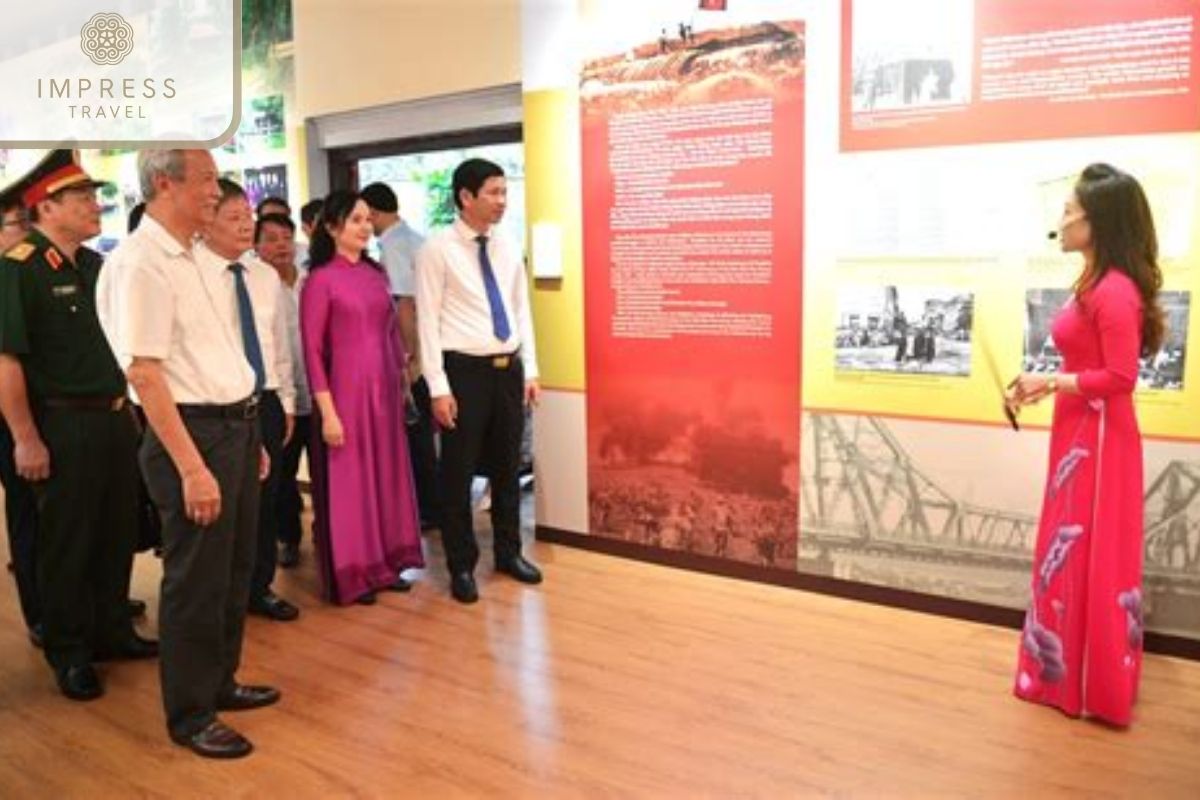
Ho Chi Minh Museum
Hanoi Botanical Gardens
Walking distance from the Presidential Palace, the Hanoi Botanical Gardens is an oasis of peace with its greenery, meandering pathways, and different plant species. This tranquil oasis comprises an added experience to the Presidential Palace since it would give the visitor a quiet retreat in solitude and quiet. For guests on Hanoi Ideal tours, the gardens provide a refreshing end to a day of cultural enlightenment.
- Address: 3 Hoang Hoa Tham, Ngo Ho, Ba Dinh, Hanoi, Vietnam
- Visiting Hours: 5:00 AM – 10:00 PM daily
- Admission: Free of charge
Insider Tips for a Meaningful Visit to Hanoi Ideal tours
Optimal Visiting Times on Hanoi Ideal tours
Try to avoid large crowds and enjoy the serenity of these places, coming either early in the morning or later in the afternoon. The weather is cooler in spring and fall, with fewer tourists, thus making your visit even more comfortable. Tips for the ideal stay in Hanoi Ideal tours will make the plan with the time of visiting the Presidential Palace and other sites nearby so that enough time will be spent at every site.
Photography Tips for Hanoi Ideal tours
Capture the grandeur of the Presidential Palace from a strategic, especially the main entrance and garden areas. The gardens, along with the surrounding architecture, form a picture-postcard setting that’s simply a dream for any camera-toting tourist wanting to take memorable photos. On Hanoi tours, be mindful of the no-flash policy inside certain areas and focus on capturing the palace’s majestic ambiance using natural light.
Recommended Hotels and Dining Options Nearby on Hanoi Ideal tours
A few hotels meet various budgets of people who stay for quite a while near the Presidential Palace. The Grand K Hotel Suites Hanoi is a luxury offer, whereas 22Land Residence Hotel offers its boutique near other tourist attractions in the city. You can have dinner at restaurants close by that serve local Vietnamese food to satisfy a delicious ending to your day in Hanoi Ideal tours.
Cultural Etiquette and Important Reminders on Hanoi Ideal tours
Show respect for the local customs when visiting any site associated with Ho Chi Minh: avoid loud talking or restricting signs on taking pictures, and dress appropriately. This will make your visit truly rewarding with respect for the cultural value of the Presidential Palace and its surroundings.
The Educational Value of Visiting on Hanoi Ideal tours
The Presidential Palace isn’t designed as an attractive site but a real treasury of learning, representing experience, expertise, authoritativeness, and trustworthiness in Vietnamese history. In Hanoi Ideal tours, this place provides the role of an educational bridge between tourists and Vietnam’s past while growing their appreciation for an eternal Ho Chi Minh legacy. Be a history enthusiast or a curious globe trotter, the Presidential Palace gives meaning to many lessons in the struggle for independence that Vietnam has taken and which continues to define it.
Conclusion
Located right in the middle of Hanoi, the Presidential Palace represents a token of the history, resilience, and pride of the Vietnamese. Right on this monumental site, visitors get not just a peep at the nation’s past but deeper into its people and rich cultural heritage. For anyone exploring Hanoi, the Presidential Palace is the essence of any Hanoi Ideal tour-it’s an experience beyond mere sightseeing. While planning your visit, immerse yourself in the rich history of Vietnam-right from the very moments spent at the palace-and let the memories of your journey be forever etched.


































